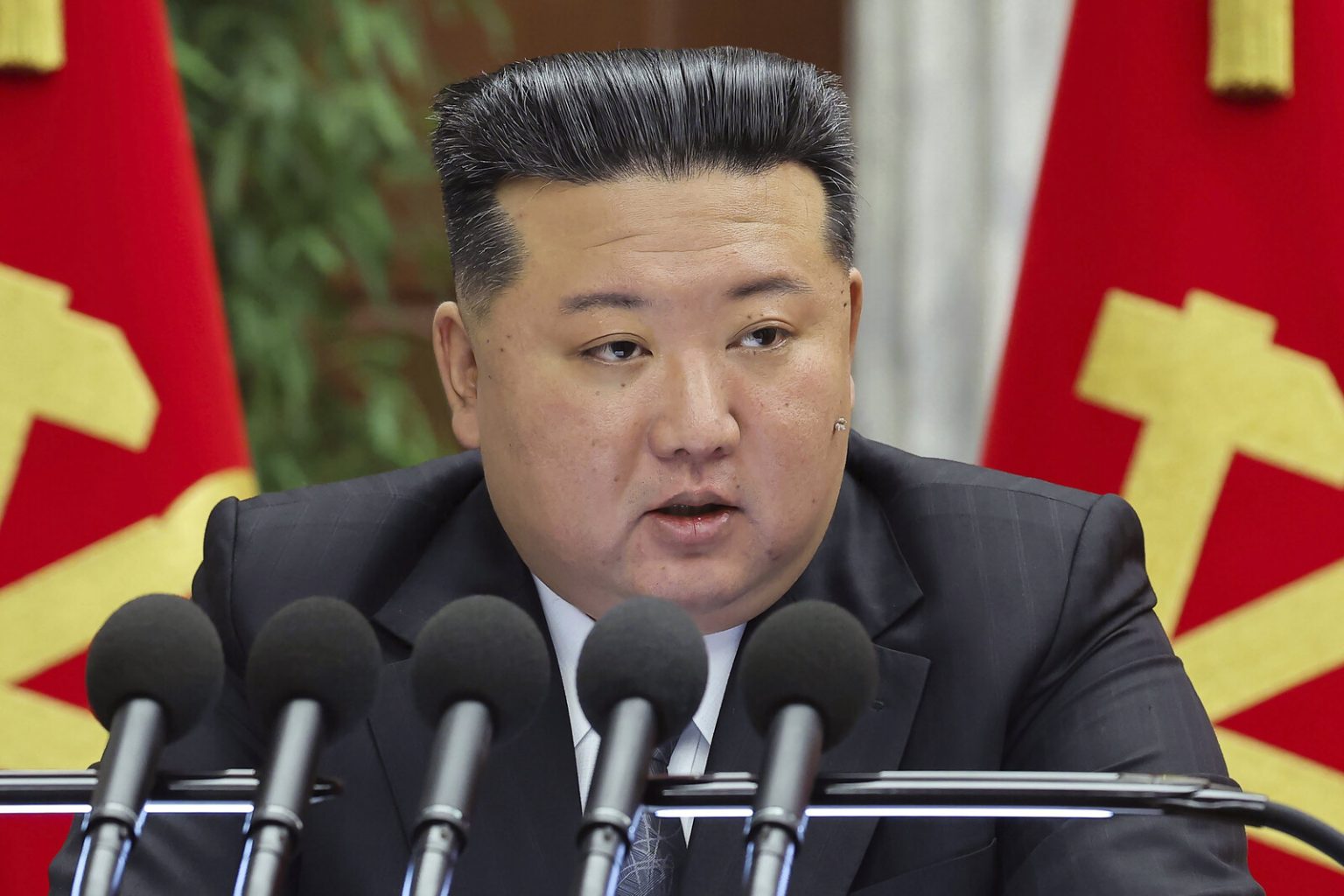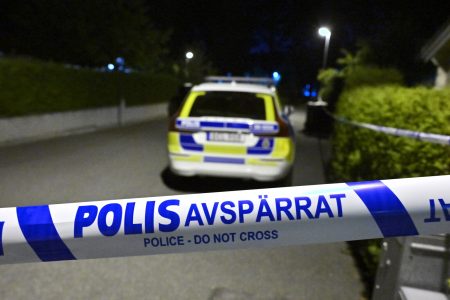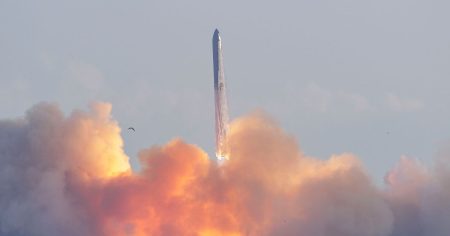North Korea’s recent test-firing of a strategic cruise missile, overseen by leader Kim Jong-un, has once again thrust the reclusive nation into the international spotlight. This latest demonstration of military might, touted by state media as a refinement of the country’s ”war deterrent,” underscores North Korea’s ongoing commitment to developing its weapons capabilities, despite international sanctions and condemnation. The reported 1,500-kilometer range of the missile, claimed by North Korean state media, raises concerns about the potential threat it poses to the region. While North Korea asserts that the test did not compromise the safety of neighboring countries, skepticism remains, given the regime’s history of provocative actions and opaque communication. The lack of independent verification of the test’s details, including the exact location and missile specifications, further fuels this uncertainty.
This missile launch comes at a time of heightened geopolitical tensions, particularly surrounding the Korean Peninsula. North Korea’s persistent pursuit of advanced weaponry, including ballistic and cruise missiles, is seen as a direct challenge to international security and a violation of UN Security Council resolutions. The regime’s consistent defiance of these resolutions, coupled with its increasingly belligerent rhetoric, complicates diplomatic efforts aimed at denuclearization and lasting peace in the region. The test also highlights the complex security dynamics in East Asia, with North Korea’s actions often perceived as a response to joint military exercises conducted by the United States and South Korea, which Pyongyang views as hostile rehearsals for an invasion.
The specific type of cruise missile tested remains unclear, as North Korea has developed various models with varying capabilities. Cruise missiles, distinct from ballistic missiles due to their lower altitude flight path and ability to maneuver, pose a unique challenge to defense systems. Their relative affordability and ease of concealment make them a valuable asset for North Korea’s military strategy, potentially enhancing its ability to penetrate enemy defenses and deliver conventional or nuclear payloads. This latest test, therefore, raises questions about the specific technological advancements North Korea has achieved in its cruise missile program and the implications for regional security.
The international community’s response to this latest provocation will be closely watched. Previous missile tests have been met with condemnation and stricter sanctions, yet North Korea has remained undeterred. The effectiveness of these measures in curbing Pyongyang’s nuclear ambitions is a subject of ongoing debate. Some analysts argue for increased diplomatic pressure, while others advocate for a more assertive approach, including military deterrence. Finding a unified and effective strategy to address the North Korean nuclear threat remains a significant challenge for the international community.
North Korea’s claim that the test did not endanger neighboring countries is likely intended to mitigate regional anxieties and avoid further escalating tensions. However, the lack of transparency surrounding the test, coupled with North Korea’s history of misleading or exaggerating its military capabilities, makes it difficult to assess the veracity of this claim. The international community will undoubtedly scrutinize the details of the test closely, seeking to verify the trajectory and range of the missile to determine the potential risks posed to regional stability.
Moving forward, the international community faces the complex task of finding a path towards denuclearization and lasting peace on the Korean Peninsula. Dialogue, sanctions, and military deterrence are all tools that have been employed, with varying degrees of success. The challenge lies in crafting a comprehensive and coordinated strategy that addresses the multifaceted nature of the North Korean nuclear threat. This latest missile test serves as a stark reminder of the urgent need for a renewed diplomatic effort to de-escalate tensions and prevent further proliferation of weapons of mass destruction in the region. The future stability of Northeast Asia hinges on finding a peaceful resolution to this ongoing crisis.














